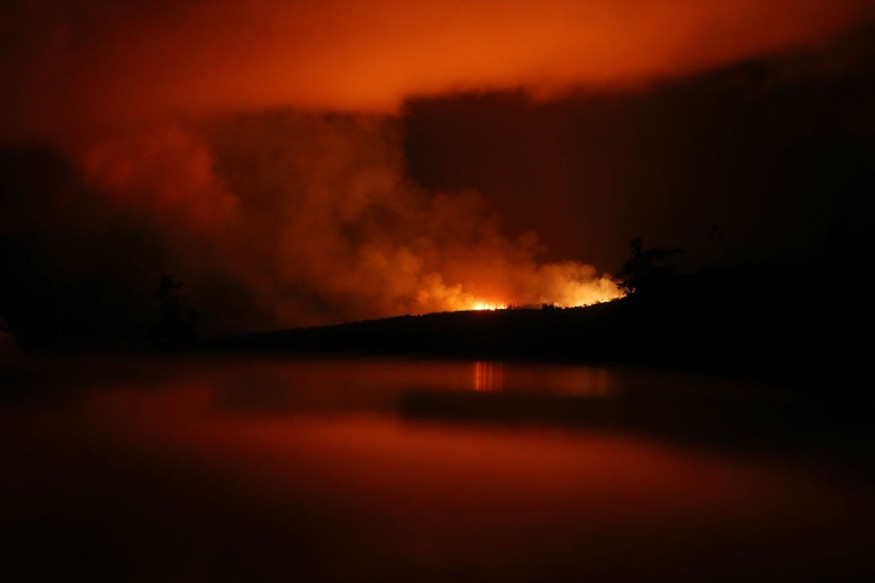Magma hotspots can create volcanic islands like Hawaii, Iceland, and other island countries that we know of today. However, knowledge on the exact geological mechanism on how it works remain limited, even to scientists. Now, a new study by researchers from Yale University suggests they have a new theory to explain the geochemical journey of the magma plumes.
Magma Hotspots New Theory

The Yale researchers published their study in the journal PNAS, where they answer questions about the origins and nature of magma hotspots, suggesting natural processes led to measurable geochemical signals or clues from deep beneath the Earth's metallic core.
The study's lead author, Amy Ferrick, said the questions about where hotspots come from and what makes them unique is not fully understood, but the clues reside on studying their geochemistry, as cited by Phys.org.
One of these clues reportedly involves isotopes of tungsten and helium found inside crystallized magmas at these magma plumes. Isotopes are known as two or more types of an atom with the same atomic number but with different numbers of neutrons.
What is a Hotspot Volcano?
In the field of geology, a hot spot is located in an area of the Earth's mantle where magma plumes or hot plumes rise upward, leading to the formation of volcanoes on the overlying crust, according to the National Oceanic and Atmospheric Administration (NOAA). In addition to Iceland and Hawaii, the country Samoa has a chain of volcanic islands above the Pacific tectonic plate.
Plumes of mantle magma or molten rock have long been theorized to rise buoyantly from a never-before-seen source deep inside our planet's mantle. When the plume rises into the shallow mantle, it partially melts and can rise to the surface where it can erupt as a hotspot volcano, the NOAA explains. In relation to the new study, the Yale researchers theorize its geochemical journey from the center of the Earth.
Over time, this geologic processes generate lines of islands, atolls, and seamounts, also called as hotspot tracks or chains. The youngest and most active volcanoes are situated in a region of the tectonic plate that overlies the mantle plume. For instance, the Hawaiian Islands and the chain of seamounts which spans into the northwest Pacific Ocean are an example of a hotspot track, the US agency adds.
Hotspots in Earth
Most scientists believe that 40 to 50 hotspots exist on Earth, although this number varies significantly because of differing definitions of "what a hot spot is," according to the National Geographic Society. Major magma plumes around the world include the following:
- Iceland hot spot, located under the island of Iceland in the North Atlantic Ocean
- The Réunion hot spot, located under the island of Réunion in the Indian Ocean
- The Afar hot spot, located under northeast Ethiopia
Although not every hot spot can create volcanoes, there are instances where they can create submarine mountains or seamounts, as mentioned earlier. Some scientists estimate that seamounts make up 28.8 million square kilometers of Earth's surface, an area larger than any known habitat, as cited by Nat Geo.
Related Article : New Volcanic Island Rising Out of Pacific Could Cause Tsunami
© 2025 NatureWorldNews.com All rights reserved. Do not reproduce without permission.





